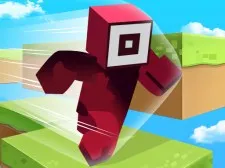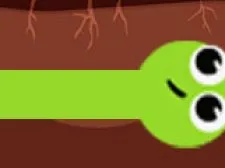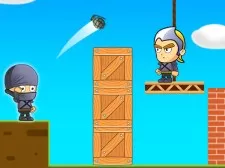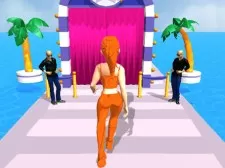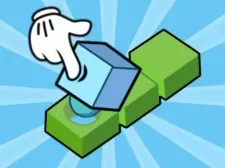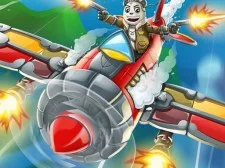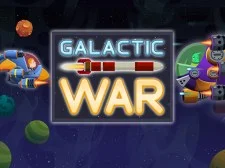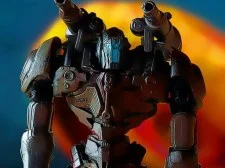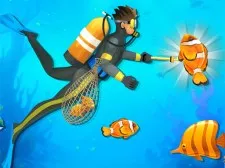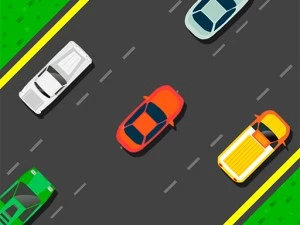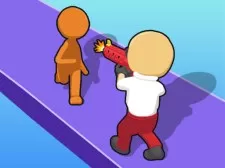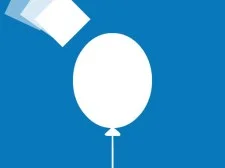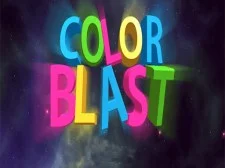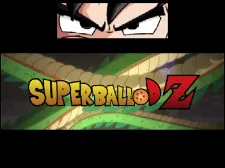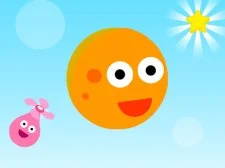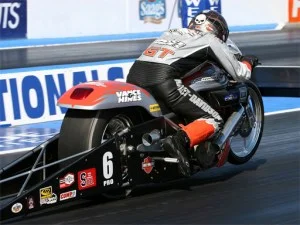Free Online Games
FREE ONLINE GAMES ON ApkBol.com
Hi, gamer! Welcome to ApkBol.com!
We have thousands of online games that you can play in single or multiplayer mode. They also work on your favorite mobile devices. Try them out on a laptop, a smartphone, or a tablet. There’s something here for players of all ages so, no matter how old you are, you’ll find something fun to play!
NO DOWNLOADS, NO SUBSCRIPTIONS – JUST CLICK AND PLAY!
You can dive straight into the excitement of your favorite titles without any downloads or subscriptions. All you need to do is just click on a game to begin playing it! Start with games created by us, which include: Fireboy and Watergirl, Troll Face Quest, Uphill Rush, and Bob the Robber.
We also have other popular titles like: Scary Maze, Ludo Legend, Shell Shockers, The Impossible Quiz, and many more!
BECOME PART OF A GAMING COMMUNITY!
Want to make some friends while you’re playing? Then create an account and hop into games like Family Barn and Goodgame Empire. Each one has lively communities with thousands of players. They’re also two of the greatest massive multiplayer online games of all time, and they have lots of awesome social features for you to check out.
OUR MOST POPULAR CATEGORIES!
We have hundreds of game genres that cater to all sorts of players. Try our fantastic puzzle games, solitaire games, and .io games. Fashionistas of all ages will love our dress-up games. For an even more exciting experience, challenge another gamer in one of the 2 player games or find out if you can be the first driver to cross the finish lines in our thrilling racing games.
ABOUT US
More than 35 million gamers from over 150 countries visit our websites every single month. Since 2014 alone, our games have been played more than 19 billion times! We’ve drawn millions of players to franchises like Bubble Shooter, MahJongCon, Sara’s Cooking Class, and Happy Wheels and have helped them become some of the most iconic games on the web.






